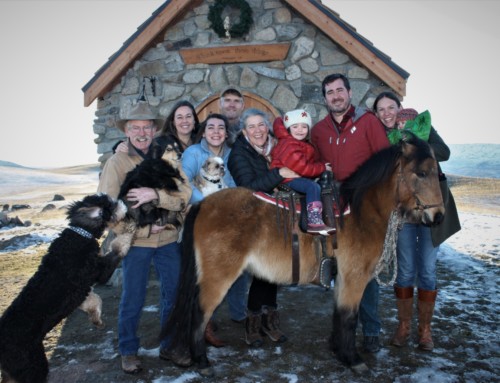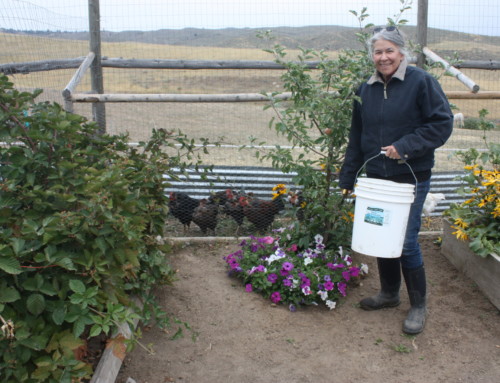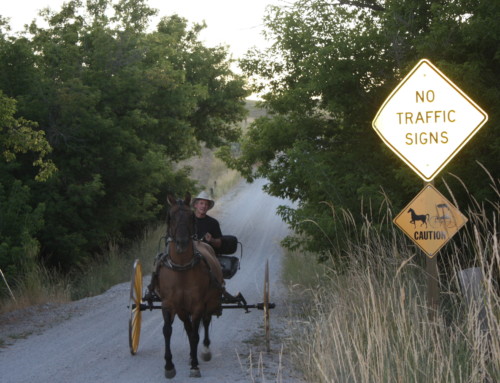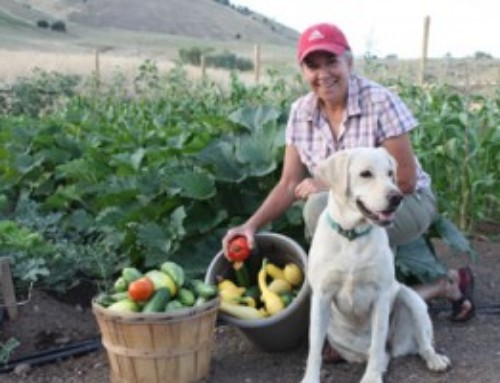Maybe times are changing, or maybe it’s just me that’s changing. It might be the folks I’ve been relating to lately or things I’ve been reading. I’m convinced there is change in the air – a renewed hunger and value for the reinstatement of the American small farm lifestyle.
When I was a kid I can’t remember any of my friends saying, “When I grow up I want to be a small acreage farmer.” Everyone wanted to be a doctor, lawyer or fireman or policeman. No one esteemed the thought of working the land for their livelihood. The ideal in those days wasn’t to move to the country, but to abandon the labor intensive lifestyle of the rural farm for the suburbs and the lucrative job markets of the city. Values changed and with them the American dream of owning small productive acreages of farmable land was abandoned by many of the baby boomer generation. Thousands of family farms were discarded and sold, no longer being passed on to the next generation but merged into massive corporate farm operations or transformed into sprawling metro subdivisions. Small farms were being lost forever, rapidly becoming unavailable and out of financial reach to a second or third generation who might have recaptured the vision and the desire to naturally and organically work a 100-500 hundred acre farmstead. Something of great value was rapidly becoming lost; a livelihood, a lifestyle and a means to life itself.
The topsoil of America in places like the Great Plains and central California was once the richest and deepest of any in the world. For over 150 years it had been tilled, being passed from one generation to the next producing crops that were responsible for feeding much of the hungry world’s population. It was shortly after WWII that the American farmers gradually shifted from traditional organic small farm methods for technologies which incorporated the use of chemical oil-based fertilizers, pesticides, fungicides and herbicides. Chemicals increased production but robbed the land of the living organic matter that once contributed to the soil’s purity and richness. As a result the land gradually lost its ability to naturally produce crops without the continued use of synthetic additives. Something had to change; there was a need for a cultural movement to reclaim what had been lost.
The flicker of an awakening has been sparked; a cultural craving for a simpler, more natural lifestyle is emerging. I feel it and see it in publications, food co-ops, and local farmers markets. It’s a hunger growing out of the grass roots of the American consumer, a desire for healthy food and a passion to recapture the art form of organically raising it.
The failed promise of finding meaning through monetary gain is being exchanged for livelihoods that bring fulfillment. Just as a true teacher teaches purely for the satisfaction of influencing lives, and artists paint or musicians perform to express inner passions, the true farmer farms. Not so much for the value of the crop, but because of valuing the art form of seeing the land producing life-giving life. For the true farmer, tending the garden is a means of tending the soul.
Though there has been a generation that skipping the passion for the land, a new generation is arising that must be equipped and allowed the chance to pick up where their grandparents and great-grandparents left off. There must be a revival of “The Future Farmers of America” where computer games are forgotten and work ethic is reintroduced. Where the land’s value is realized more in the richness of the soil rather than the money it might make.
It is the responsibility of the government, the schools and the church to not only empower these values and train the emerging generation in the skills needed to accomplish them, but to creatively provide the resources and opportunity to reclaim a lifestyle that is rapidly being forgotten.









Leave A Comment
You must be logged in to post a comment.